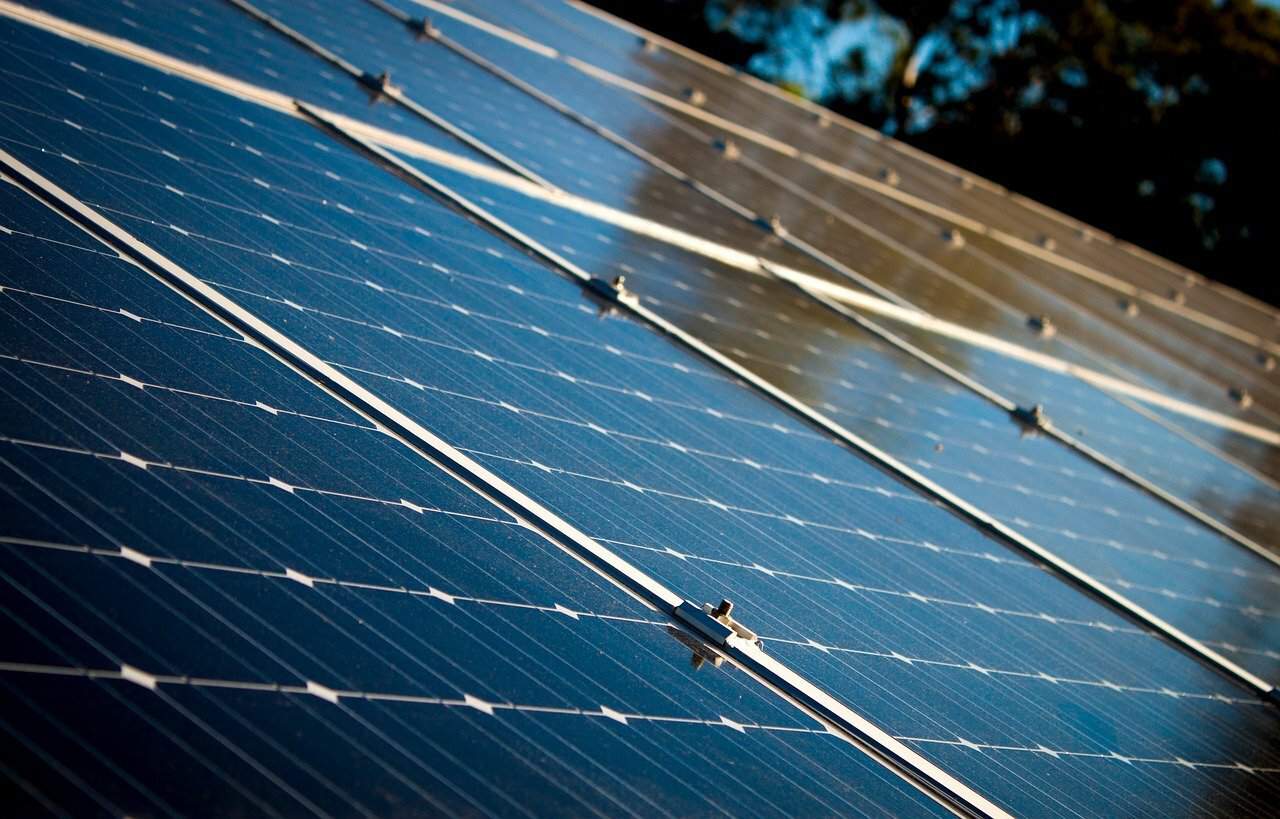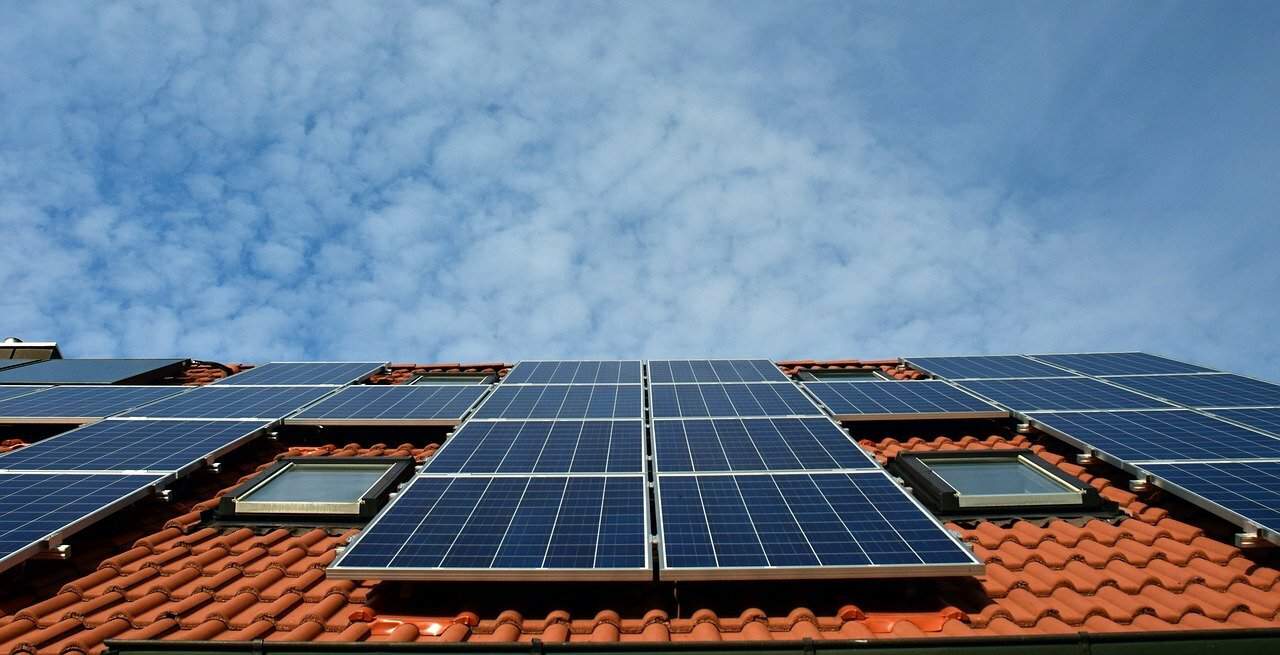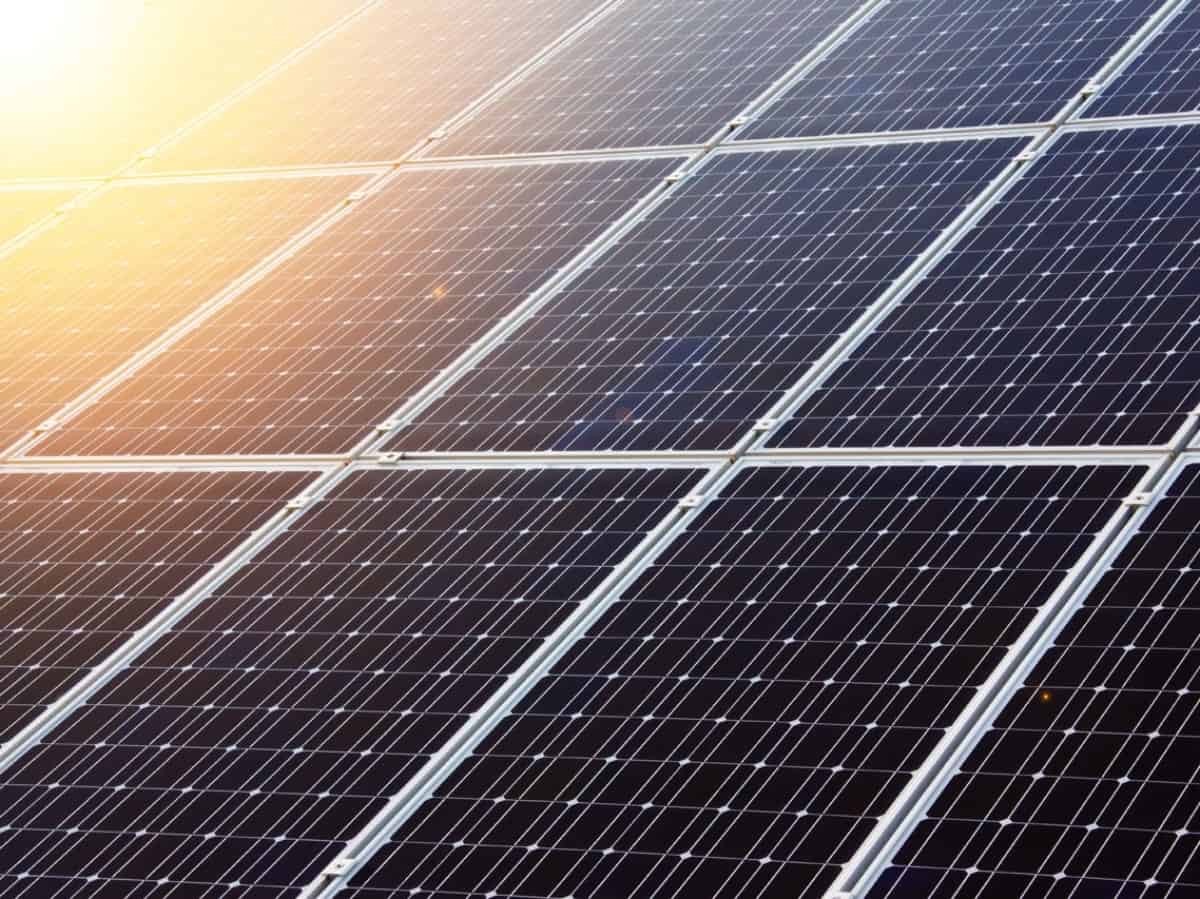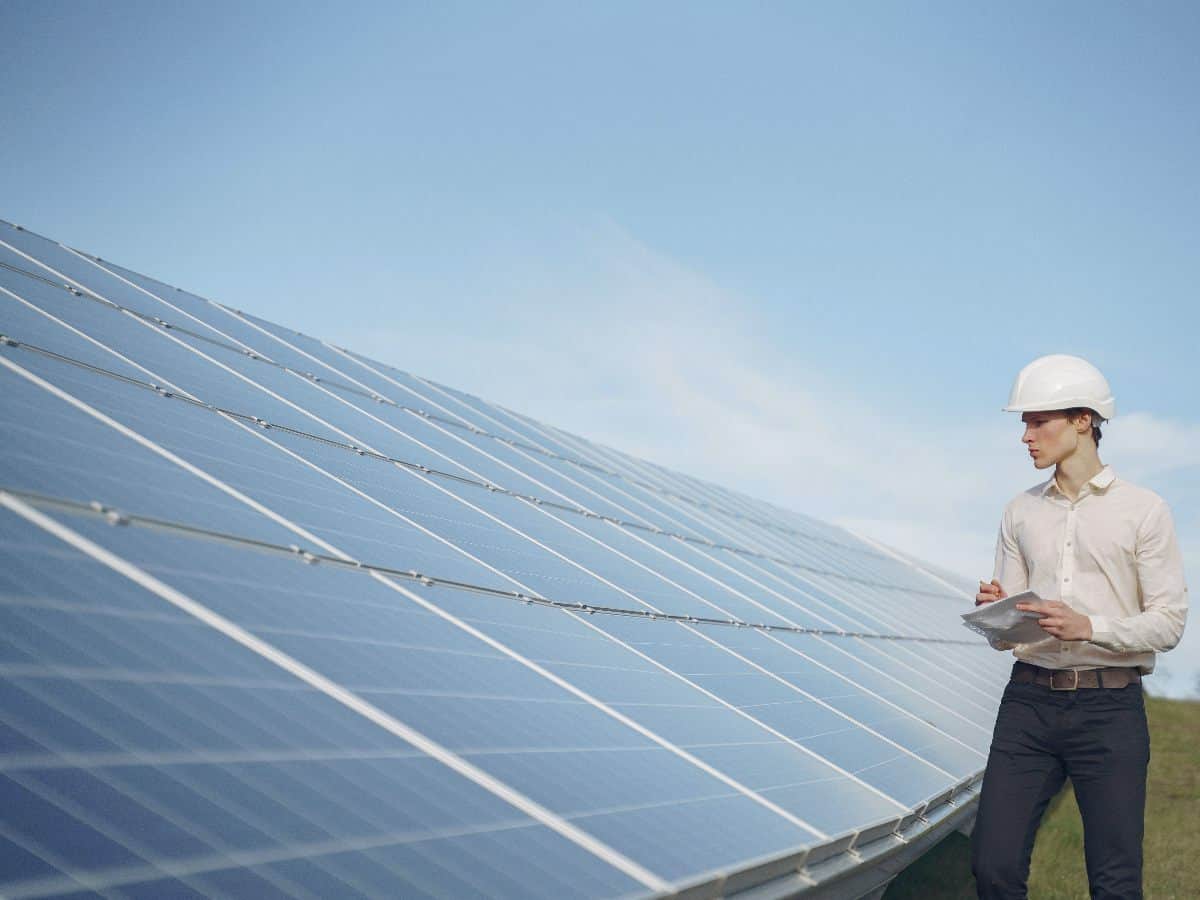For homeowners with a solar system, you may be asking yourself, “Do I need a solar battery?” The best way to answer that question for yourself is to learn more about its capabilities. We’ll go over everything you need to know if you’re wondering “do I need a solar battery?”
Discover Energy Audits with Solar Energy and ONIT Home
Try our Free Energy Audit to make sure your home is performing at optimum energy efficiency. We’ll inspect every nook and cranny of your home to make sure it’s best serving your needs. We’ll also give you tips on lowering your energy bills, conserving energy, and creating a more efficient space. To learn more about how we can help you maintain a top-performing home, visit us online to get started!
What Is a Solar Battery?
Solar batteries store excess energy generated from your solar panel grid during peak hours. They supply that energy when the panel grid is unable to meet demand on its own. While not necessary for power grid-connected homes, it is potentially useful if you sell back the energy to your power company, depending on how they reimburse for solar energy systems. There are different types of solar batteries.
Important Terms and Factors
- Cycles are when the battery gains power and then discharges it.
- Depth of Discharge (DoD) is how much the battery is discharged before recharging.
- Every solar battery has a lifespan that is influenced by cycles and depth of discharge. More cycles and a greater DoD will lower its lifespan.
- Temperature. Cold reduces battery performance, and heat affects lifespan. Consider where you’ll be operating the battery.
Flooded Lead-Acid
This is an older type of battery that’s most useful for medium to high-capacity off-grid use. These are the least expensive variety, but they contain toxic chemicals that can leak. They also require significantly more maintenance than other varieties. Charging time varies but can take several hours to a full day to reach 100%. You can expect around four to eight years of average life with a maximum of 15 years. Anticipate about 200-300 discharge and charge cycles over the course of the battery life, depending on the DoD.
Gelled Electrolyte Sealed Lead-Acid.
This type is useful for deep cycle applications. Its cost is mid-range, making it a bit more expensive than the flooded lead acid batteries. They do contain toxic chemicals, but they are less likely to leak. Their lifespan ranges between two and five years, but they can achieve an 8-year span when properly maintained with a Depth of Discharge of less than 20%. Charging times vary based on several factors, but you can expect a few hours before a recharge is complete. These batteries are maintenance-free and can be recycled. They require temperature control to ensure maximum capacity with reduced degradation of the battery. You can expect 1100 cycles at 50% withdrawn capacity, though the cycles vary based on capacity withdrawn.
Sealed Absorbed Glass Mat Lead-Acid (AGM).
This variety is best for standby applications with infrequent deep discharges. Its charging time is faster than flooded lead-acid batteries, but the battery is only slightly more expensive. They can last up to 8 years with an average life expectancy of four to seven years. No ongoing maintenance is required, but temperature-controlled operating environments improve their performance and lifespan. Recyclable toxic materials are present in the batteries, but they don’t typically leak. Expect about 700 to 800 cycles of use.
Lithium-Ion (LFP) batteries
These are the most common type in use today. It takes 3 hours or longer to fully charge one. Their lifespan is considerable at 10 years and around 6,000 cycles on average. As a more advanced model, they are twice as expensive as lead-acid in upfront costs. For the cost, they perform better over time and have a lower environmental impact.
Flow
This type of battery is relatively new and optimal for large power supplies. It has a lengthy lifespan, large storage potential, and a minimal ecological footprint. They are typically much larger, though, so they are currently not as portable as a Lithium-Ion battery. They’re also more expensive to purchase and maintain.

How Do Solar Batteries Work with Solar Panels?
Your question might be, “Do I need a solar battery to get the most out of my solar system?” Solar panels generate energy at different rates depending on the time of day and the strength of the sun. A solar battery is meant to help compensate for periods of time when your energy generation doesn’t match your energy use. By storing excess power during peak production hours, your battery can provide a bank of power accessible when your energy generation isn’t enough to meet your energy needs. If you have another energy source, the batteries can hold onto their power until an emergency.
Will a Solar Battery Help During a Power Outage?
For short-term power outages, a solar battery can help extend available power during an outage. Most systems will give you about half a day of available power before you run out of juice. When asking “Do I need a solar battery to handle a power outage?”, it’s useful to understand historical trends for outages in your area to determine how many hours it takes for the power grid to be restored. That way, you can determine how many batteries you need to endure the typical outage.
The Differences Between a Solar battery and a Backup Generator
If you already have a backup generator, your question could be: “Do I need a solar battery if I already have an emergency power source?”
Solar is cleaner and requires less overall maintenance than a backup generator. The battery does not produce any toxic gasses when it’s supplying power. A grid-connected battery can work with peak pricing and the system output to reduce your energy bill. An electric vehicle is easy to charge from a solar battery. The total amount of time that the solar battery can work in an emergency varies based on power usage, capacity, and how many batteries you have.
Generators require regular maintenance and fuel to operate. While needing fuel can be inconvenient, it is faster to refuel a generator than it is to recharge a battery. Small generators are relatively inexpensive, and large generators cost about the same as a solar battery. The fuel consumption varies, but small, portable gas generators frequently run for about 8 hours on one gallon of gasoline. Having dozens of gallons in storage is not safe or recommended, but you can siphon gas from a vehicle in an emergency. Charging an electric vehicle from a generator requires extra steps and may not be possible depending on the generator.
For places that experience frequent outages or exist off-grid, a combined system using both battery backup and a generator backup is the best bet. They can cover each other’s weaknesses when you need power the most.
How Much Energy Do Solar Batteries Store?
Solar battery storage is given in two units of measurement: kilowatt-hours (kWh) or ampere-hours (Ah).
- Watts is a unit that measures the amount of power being used.
- Amperes, usually shortened to amps, measure the amount of current being used.
Ah are typically given for batteries that go into devices. Batteries used this way have a more consistent Wattage drain on their power. The devices will usually list their energy needs in Ah or milliamp-hours (mAh). With the amount of energy stored given in Ah, a quick conversion can tell users about how long the battery will last. For example, an AA battery with 2400 mAh will run a device that needs 50 mAh for around 48 hours.
On the other hand, kWh is used when the power usage is not consistent. Your home runs a variety of devices with different needs. Common appliances use 120VAC, and larger ones use 240VAC. That’s why the power bill is given in kWh. You can find examples of household device energy usage on this government resource. The U.S. Energy Information Administration recorded an average residential consumption of 887 kWh per month in 2019. That divides to just under 30 kWh per day or the amount of energy in two fully charged 15kWh solar batteries.
Although solar batteries are sold with both measurements to suit all needs, you can quickly convert between them. Multiply the voltage by the Ah, and you should land close to the listed kWh. For example, a 48VDC battery that has 200 Ah of storage will supply up to 10 kWh of power.

Should This Be an Option for Solar Customers?
Solar customers should consider acquiring a battery backup storage system, even if they are grid-connected. A battery backup system will ensure that you are not wasting generated electricity produced during peak hours that exceeds your needs. It will also help you weather blackouts when your local electrical grid fails. If you are considering being off-grid or selling excess energy, a battery setup is essential. When you are ready to consider a final answer to “Do I need a solar battery?”, reach out to ONIT Home. We’ll help you comb through your solar technology options and how they can best meet your unique household needs.




